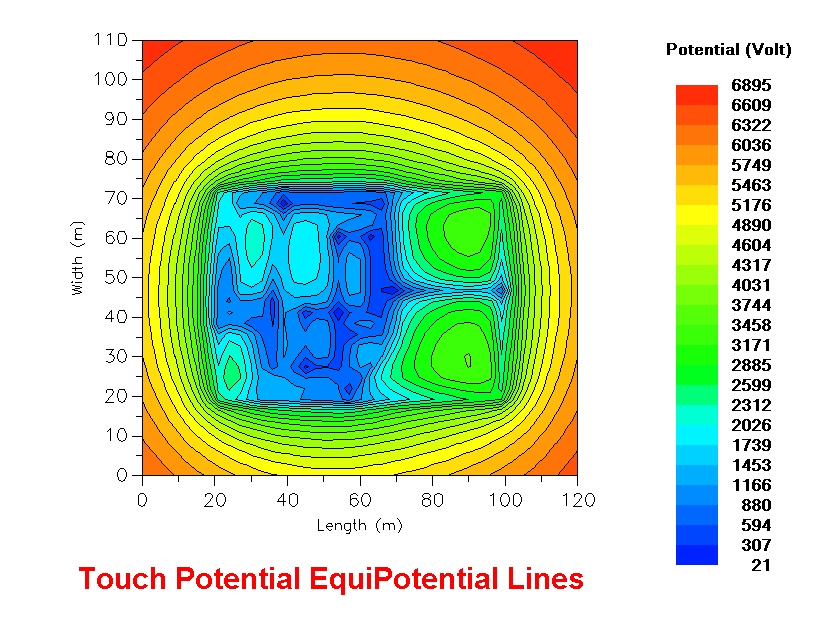I have a question about grounding my off the grid solar panels. My setup is for my cabin, 100% off the grid with a generator backup. Currently, I have my batteries, charge controller, and inverter all inside the cabin and they are all grounded to the main electrical panel. The main electrical panel is grounded with two ground rods in series, 6 ft apart. The only part of my system not yet ground is my solar panels. Currently is it 800 watts (~80-90v output) of solar panel which is about 50 feet from my cabin. I have 8/2 wire running from my panels inside to my charge controller, larger wire than needed but it wasn't much price difference to decrease my voltage drop.
Here are the options I was thinking about to ground my solar panels. They are listed from easiest to hardest.
1. Use the ground wire in the 8/2 wire to connect my solar panels to the main electrical panel ground, which is already ran into the cabin. I believe the ground wire would only be 10 gauge. (doubt this is large enough, but this is simple).
2. Add ground stakes in the ground at the solar panels. (I believe this would be bad because now I have two separate grounds for the system??)
3. Run an additional 6 gauge or larger ground wire from the solar panels to the main electrical panel ground. Would this and option 1 be bad because I am running a ground from my panels back into my cabin???
I really like option 2 but from what I read I think this would be a bad idea? Thoughts?
Here are the options I was thinking about to ground my solar panels. They are listed from easiest to hardest.
1. Use the ground wire in the 8/2 wire to connect my solar panels to the main electrical panel ground, which is already ran into the cabin. I believe the ground wire would only be 10 gauge. (doubt this is large enough, but this is simple).
2. Add ground stakes in the ground at the solar panels. (I believe this would be bad because now I have two separate grounds for the system??)
3. Run an additional 6 gauge or larger ground wire from the solar panels to the main electrical panel ground. Would this and option 1 be bad because I am running a ground from my panels back into my cabin???
I really like option 2 but from what I read I think this would be a bad idea? Thoughts?


Comment